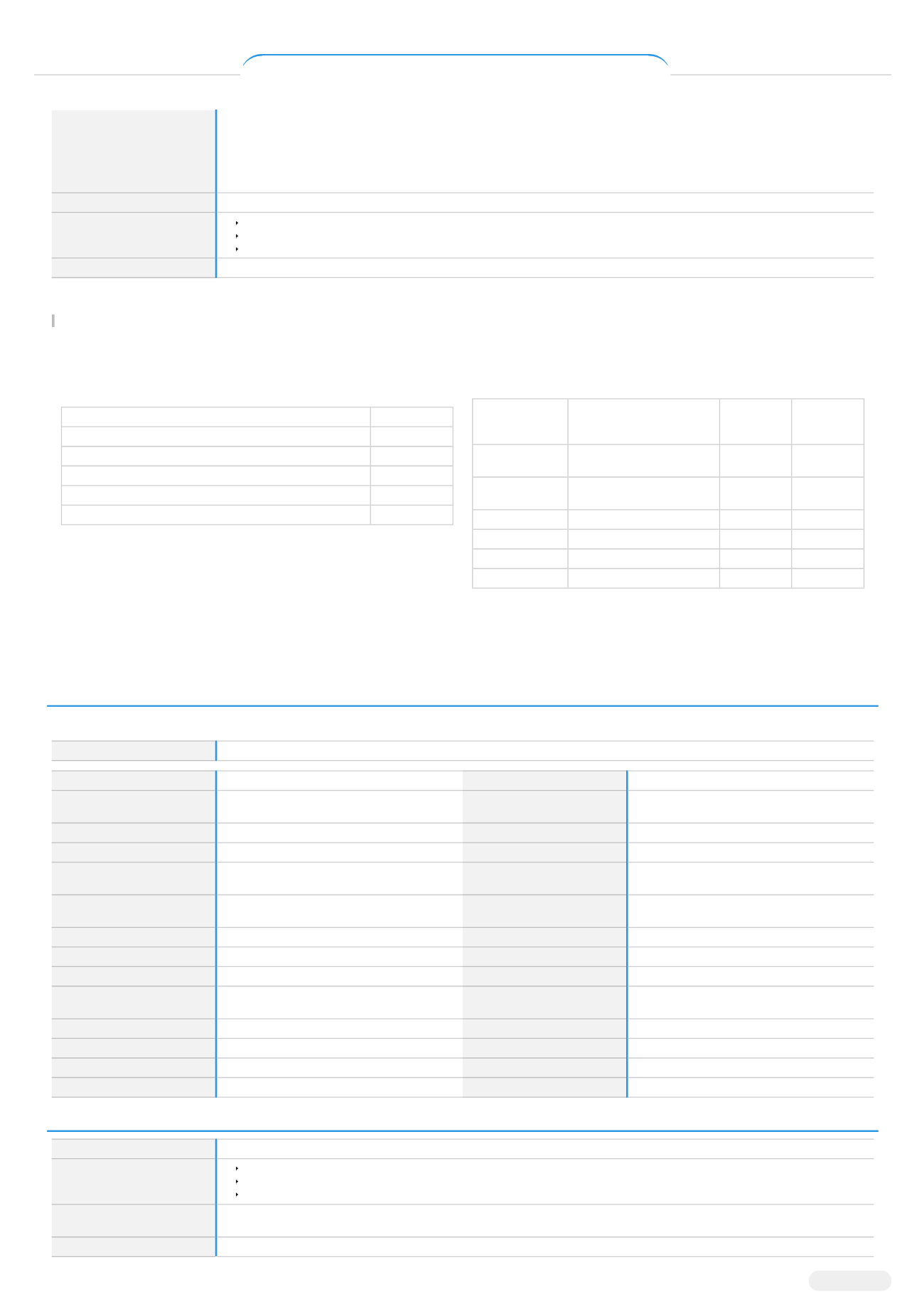

The selection of suitable gloves does not only depend on the material, but also on further marks of quality which vary from manufacturer to manufacturer.
Where the chemical is a preparation of several substances, the resistance of the glove material can not be calculated in advance and has therefore to be
checked prior to the application.
The exact break through time for substances has to be obtained from the manufacturer of the protective gloves and has to be observed when making a final
choice.
Personal hygiene is a key element of effective hand care.
Body protection
See Other protection below
Other protection
Overalls.
P.V.C. apron.
Barrier cream.
Thermal hazards
Not Available
Recommended material(s)
GLOVE SELECTION INDEX
Glove selection is based on a modified presentation of the:
"
Forsberg Clothing Performance Index".
The effect(s) of the following substance(s) are taken into account in the
computer-
generated
selection:
NV Chemicals Sugar Soap Liquid
Material
CPI
BUTYL
C
NATURAL RUBBER
C
NEOPRENE
C
PVA
C
VITON
C
* CPI - Chemwatch Performance Index
A: Best Selection
B: Satisfactory; may degrade after 4 hours continuous immersion
C: Poor to Dangerous Choice for other than short term immersion
NOTE
: As a series of factors will influence the actual performance of the glove, a final
selection must be based on detailed observation. -
* Where the glove is to be used on a short term, casual or infrequent basis, factors such as
"feel" or convenience (e.g. disposability), may dictate a choice of gloves which might otherwise
be unsuitable following long-term or frequent use. A qualified practitioner should be consulted.
Respiratory protection
Type AK-P Filter of sufficient capacity. (AS/NZS 1716 & 1715, EN 143:2000 & 149:2001, ANSI
Z88 or national equivalent)
Selection of the Class and Type of respirator will depend upon the level of breathing zone
contaminant and the chemical nature of the contaminant. Protection Factors (defined as the
ratio of contaminant outside and inside the mask) may also be important.
Required
minimum
protection factor
Maximum gas/vapour
concentration present in air
p.p.m. (by volume)
Half-face
Respirator
Full-Face
Respirator
up to 10
1000
AK-AUS /
Class1 P2
-
up to 50
1000
-
AK-AUS /
Class 1 P2
up to 50
5000
Airline *
-
up to 100
5000
-
AK-2 P2
up to 100
10000
-
AK-3 P2
100+
Airline**
* - Continuous Flow ** - Continuous-flow or positive pressure demand
A(All classes) = Organic vapours, B AUS or B1 = Acid gasses, B2 = Acid gas or hydrogen
cyanide(HCN), B3 = Acid gas or hydrogen cyanide(HCN), E = Sulfur dioxide(SO2), G =
Agricultural chemicals, K = Ammonia(NH3), Hg = Mercury, NO = Oxides of nitrogen, MB =
Methyl bromide, AX = Low boiling point organic compounds(below 65 degC)
SECTION 9 PHYSICAL AND CHEMICAL PROPERTIES
Information on basic physical and chemical properties
Appearance
Blue viscous alkaline liquid; mixes with water to form foaming solutions.
Physical state
Liquid
Relative density (Water = 1)
Not Available
Odour
Not Available
Partition coefficient n-octanol /
water
Not Available
Odour threshold
Not Available
Auto-ignition temperature (°C)
Not Available
pH (as supplied)
8-9
Decomposition temperature
Not Available
Melting point / freezing point
(°C)
Not Available
Viscosity (cSt)
Not Available
Initial boiling point and boiling
range (°C)
Not Available
Molecular weight (g/mol)
Not Applicable
Flash point (°C)
Not Applicable
Taste
Not Available
Evaporation rate
Not Available
Explosive properties
Not Available
Flammability
Not Applicable
Oxidising properties
Not Available
Upper Explosive Limit (%)
Not Applicable
Surface Tension (dyn/cm or
mN/m)
Not Available
Lower Explosive Limit (%)
Not Applicable
Volatile Component (%vol)
Not Available
Vapour pressure (kPa)
Not Available
Gas group
Not Available
Solubility in water (g/L)
Miscible
pH as a solution (1%)
Not Available
Vapour density (Air = 1)
Not Available
VOC g/L
Not Available
SECTION 10 STABILITY AND REACTIVITY
Reactivity
See section 7
Chemical stability
Unstable in the presence of incompatible materials.
Product is considered stable.
Hazardous polymerisation will not occur.
Possibility of hazardous
reactions
See section 7
Conditions to avoid
See section 7
Chemwatch:
4789-88
Version No:
3.1.1.1
Page
4
of
8
NV Chemicals Sugar Soap Liquid
Issue Date:
26/01/2018
Print Date:
31/01/2018
Continued...


















